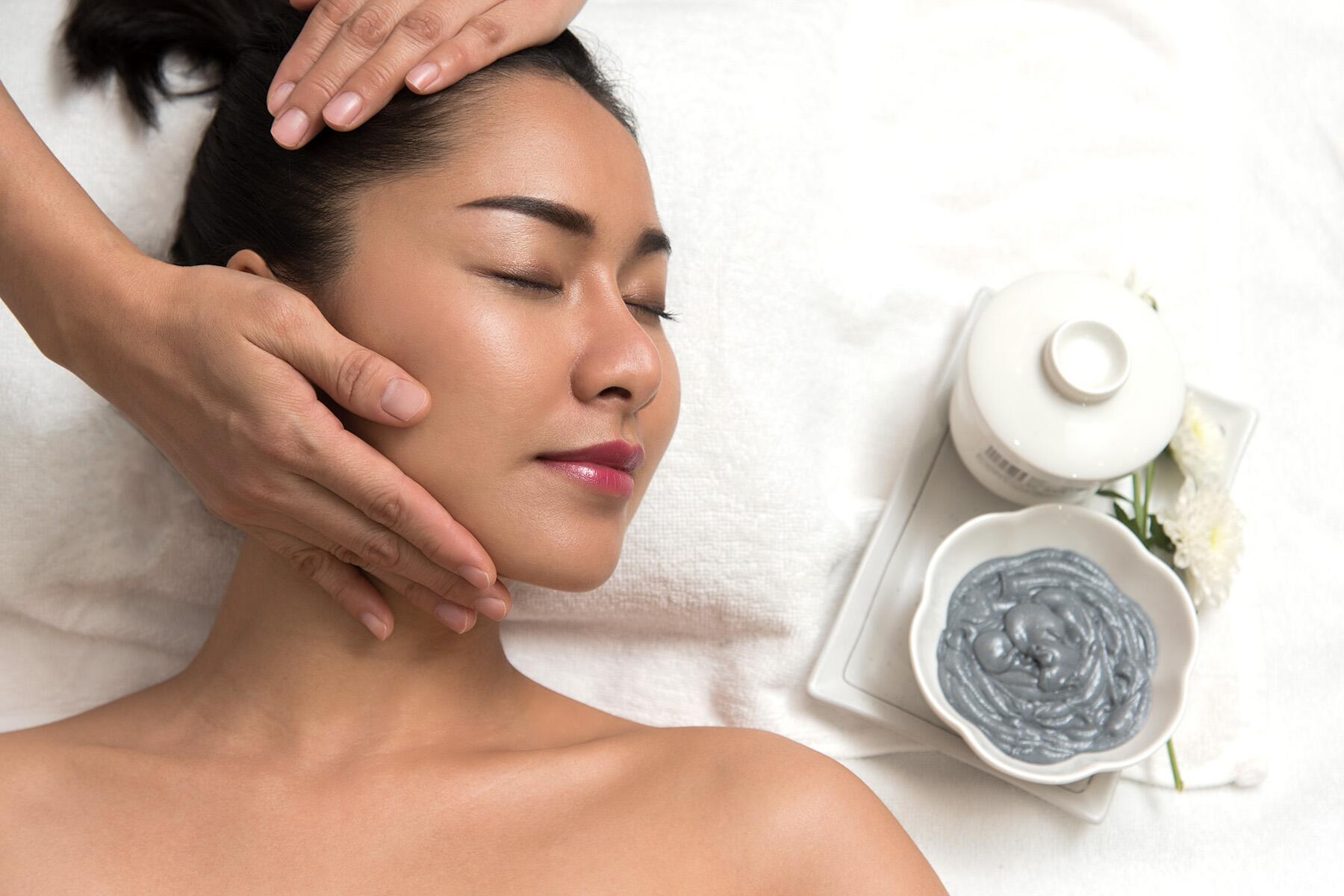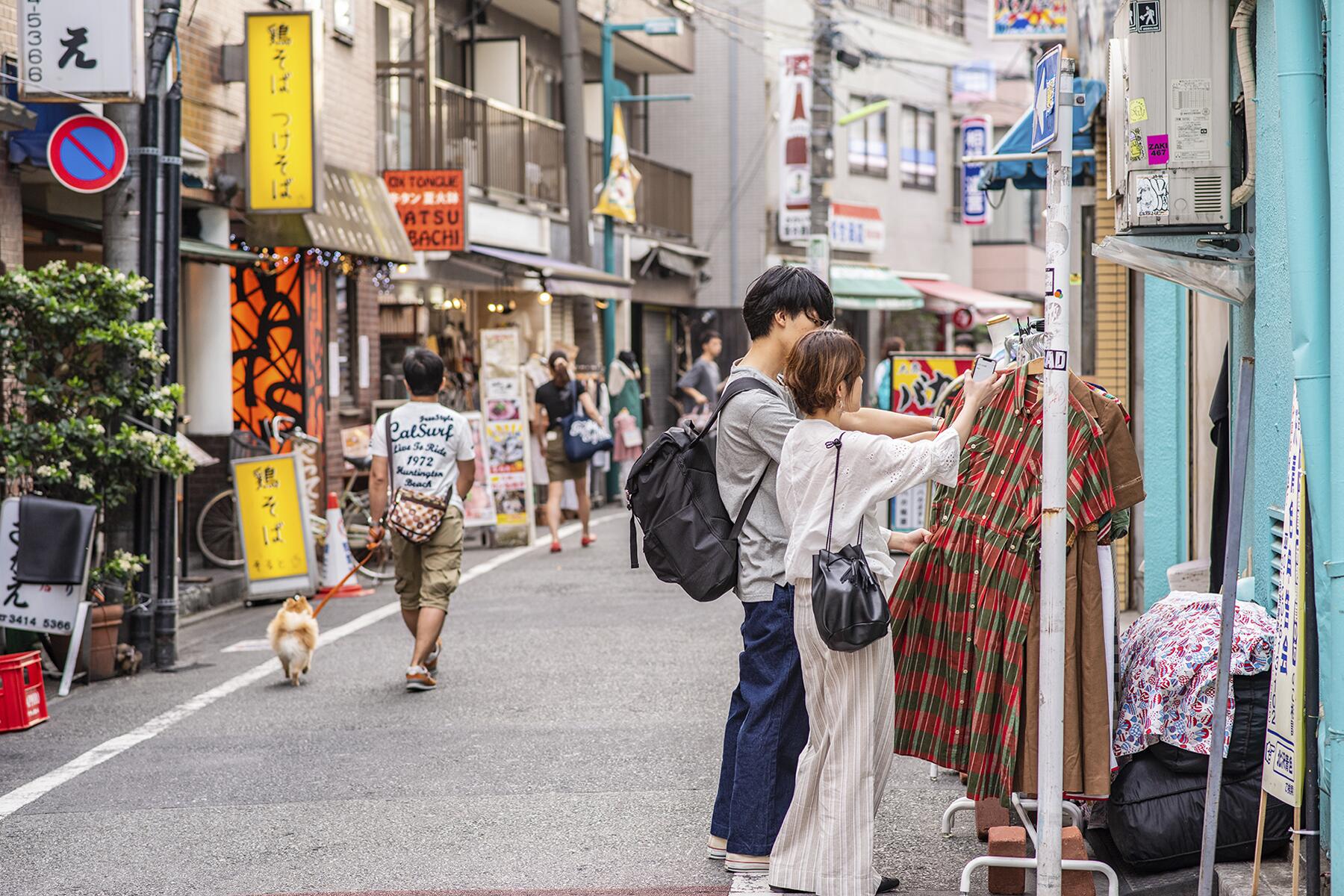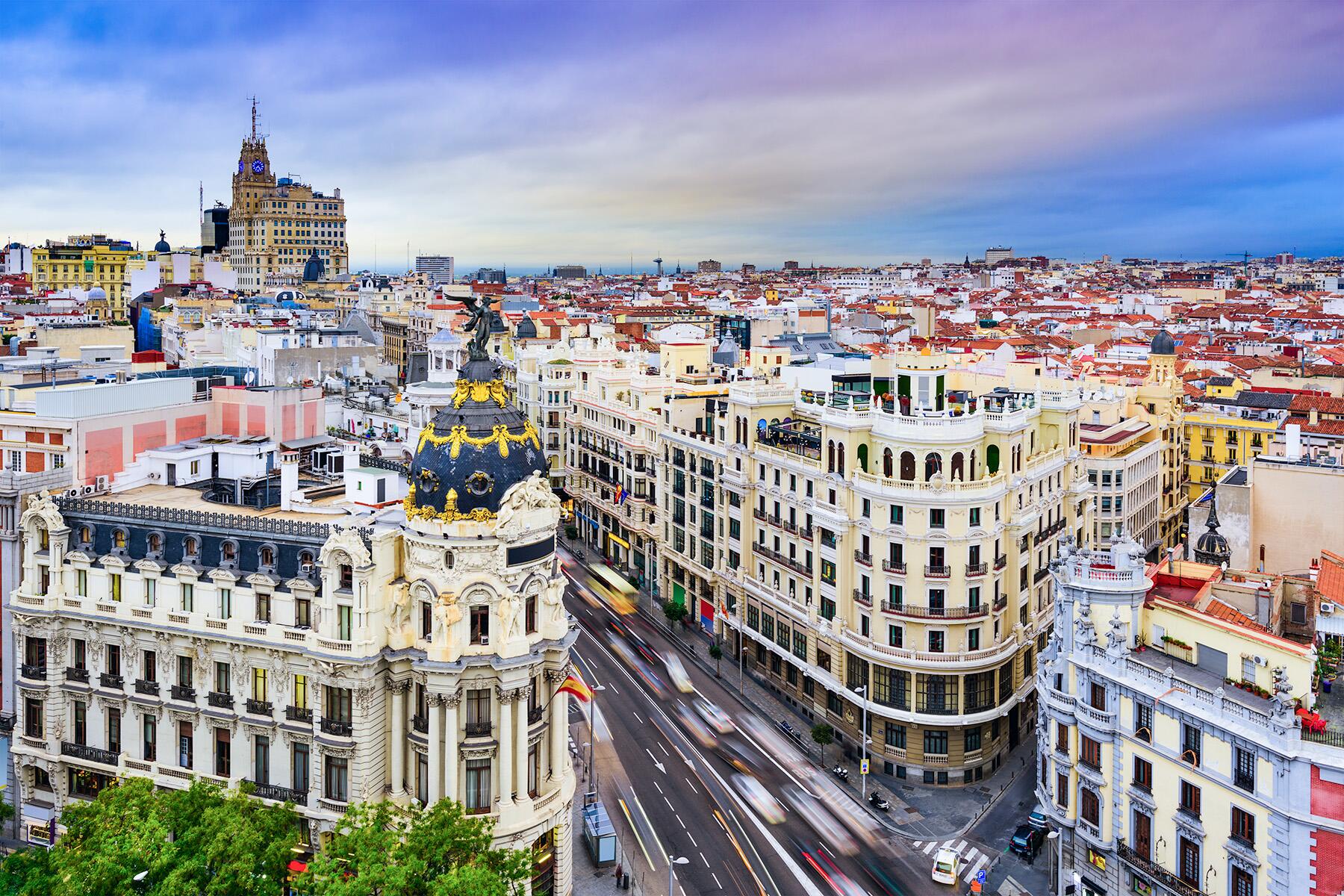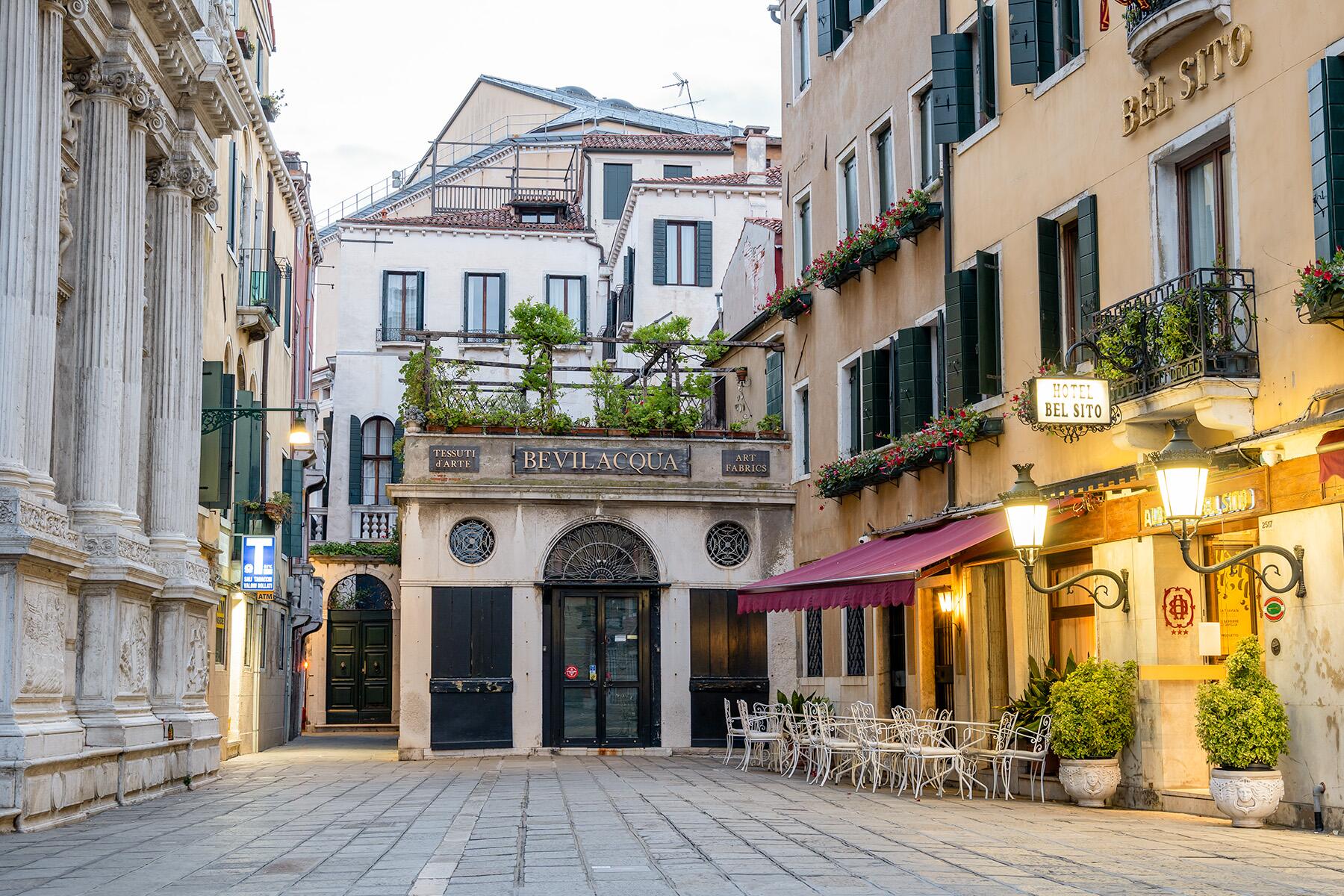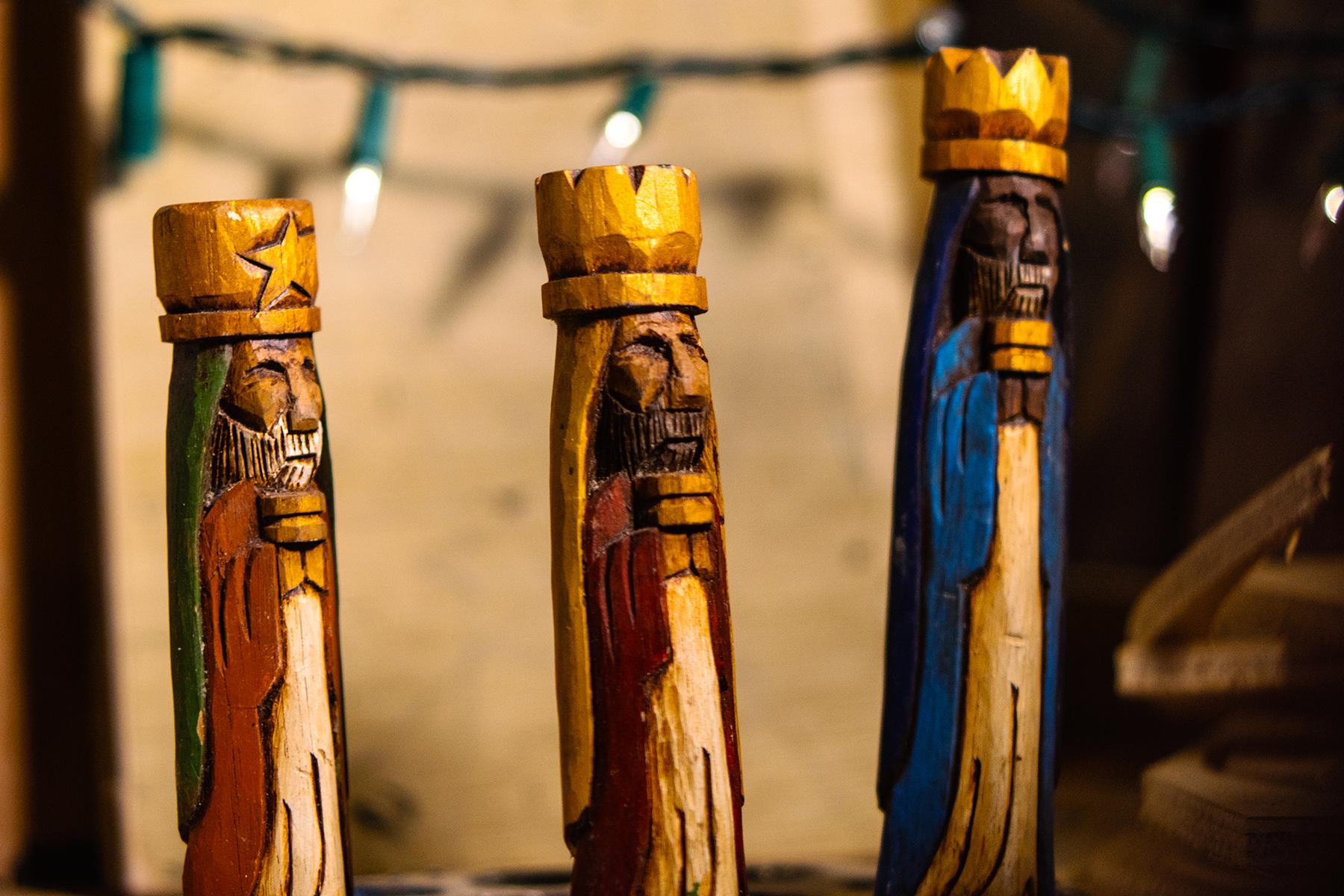Remember your experience in Puerto Rico with one of these unique souvenirs.
As a popular tourist destination, Puerto Rico is teeming with souvenir shops. But be warned, these kinds of shops often carry low-quality, mass-manufactured, and boring trinkets that everyone and their mom (literally) have already taken home. Wow your family and friends with some of Puerto Rico’s more unique treasures, like these.
Coffee
More than a century ago, Puerto Rico was actually one the world’s largest coffee exporters. Although only 1 percent of the island’s coffee is exported today, Puerto Rico’s rich, bold, dark coffee is often rated as some of the best in the world. The mountain city of Yauco, also known as The City of Coffee, is one of the island’s more famous coffee producers. Some favorite local brands include Yaucono, El Coqui, and Alto Grande, all of which are easy to find at any grocery store.
INSIDER TIPIf you want to make your coffee like a local, you can also buy a greka, a stove-top espresso maker that Puerto Ricans use to brew their joe.
Hammock
The Taino people, the original natives of the island, are rumored to have invented the hammock. Even its name comes from the Taino word hamaca. Hammocks are incredibly easy to come by in Puerto Rico. You can find canvas or denim hammocks being sold in shops and along the side of the road. Alternatively, you can get a handwoven, cotton hammock in artisan or craft shops. This option comes with a higher price tag, but it’s also what Puerto Ricans would consider a “real” hammock.
Recommended Fodor’s Video
Pandereta
The pandereta is a handheld percussion instrument similar to a tambourine, except that it doesn’t have cymbals. Panderetas, also known as panderos, are the key instrument in plena, a genre of music created by agricultural workers in Puerto Rico’s southernmost region. Plena groups usually use three different panderetas, each with a different size, pitch, and unique role within the song. The best panderos are made by local artisans and may cost a couple of hundred dollars.
Güiro
The güiro is another popular instrument in Puerto Rico. Güiros are made from hollowed-out gourds with parallel ridges carved into one side. The music is made by running a “scraper,” a stick or metal tine, up and down the ridges. They are believed to have originated with the Taino, but because similar instruments are used throughout Central and South America, some think that güiros may have been brought to the island by the Arawak people. The güiro is a key instrument in local Puerto Rican folk music and is usually played by the singer. Many shops in Old San Juan sell güiros, as do local artisans.
Artesania
Artesania, or artisan crafts, are handmade works made by Puerto Rican artists, also known as artistas del patio. Examples of artesania include art carved out of coconuts, lace dresses, santos (the figures of saints used in home altars), or even furniture. Some popular elements often displayed on these crafts are the Puerto Rican flag, the coqui (a type of frog), or the Taino sun. Artesania are not at all difficult to come by in Puerto Rico as there are usually vendors set up in plazas, near the beach, and beside strips of restaurants/food stalls known as kioskos.
Pique (hot sauce)
Pique is a Puerto Rican hot sauce. Unlike the commonly blended hot sauces, pique is made by combining chili peppers, herbs, and seasonings and putting them to steep in vinegar. There aren’t really a standard set of ingredients; each version is unique. The flavor of the ingredients fuses with the vinegar, which is then added to basically any type of food to give it a little zing. Pique can be found in restaurants, roadside food stands, and people’s homes.
Cigars
As with coffee, Puerto Rico was once one of the world’s top exporters of tobacco, and cigar making remains a tradition despite the industry’s decline in the last 60–70 years. There are three types of tobacco native to the island, the most famous of which is Hoja Prieta. Don Collins Cigars, whose shop is located in Old San Juan, is Puerto Rico’s most well-known, reputable cigar brand.
Pilón
A pilón is a wooden mortar and pestle used to grind together different ingredients. As with many typical “Puerto Rican” things, the pilón was originally used by the Taino to make different foods, medicines, and even body paint. Once the coffee bean was introduced to the island, the pilón was even used to process beans. Now, every home in Puerto Rico has one of these, and they are used to make local foods like mofongo and sofrito. Pilóns are easy to find at most shops on the island as they’re a culinary staple.
Adobo
In 1966, Goya Foods released a seasoning called Adobo, which has now become a household necessity in any Puerto Rican home. The word adobo is derived from adobar, the Spanish word meaning “to marinate.” There are nearly a dozen varieties of Adobo seasoning, each meant to be used with a different type of food such as beef, chicken, fish, etc. Though these are interchangeable and people will generally use any variety of seasoning with any type of food, the important thing is to use the seasoning! Some restaurants and locals will even make their own versions. Adobo can easily be found at any grocery store.
Rum
While many of Puerto Rico’s export industries have faded out, one remains steadfast—rum. Rum is Puerto Rico’s main export, and the island is often referred to as the rum capital of the world. Don Q is a local favorite, said to be the best rum on the island. Another variety of rum that’s fairly exclusive to Puerto Rico is Palo Viejo, used in coquito, a Puerto Rican version of eggnog made at Christmastime. Named for a type of limestone found on the island, Caliche is a unique rum with flavors more similar to a tequila. Other popular rums include Ron del Bariilito and Ron Llave. Bacardi also has its own distillery on the island.
INSIDER TIPCasa Melaza Rum Boutique in Old San Juan offers tasting flights featuring a variety of rums from around the island.
